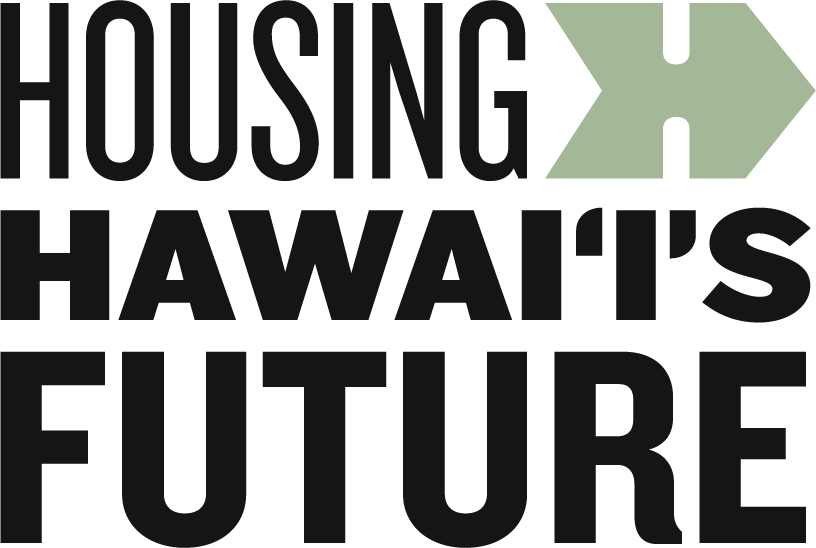It's a Housing Emergency! 🚨
With the Stroke of a Pen ✍🏻
On Monday, Governor Green declared a housing emergency.
The emergency proclamation is 25-pages long and well worth reading.
The media reported on it:
But what does it mean?
First, an emergency proclamation allows the governor to temporarily suspend laws.
Emergency proclamations are usually issued in response to a natural disaster or act of God.
For example, after the crash of the Life Flight aircraft off Maui in mid-December, the Governor issued a series of emergency proclamations. Among other things, the proclamations suspended licensure requirements for emergency medical personnel.
That allowed flight crews from other states to operate in Hawai‘i.
The Governor has also issued emergency proclamations in response to the Axis Deer infestation on Maui.
Is the housing crisis an emergency on par with healthcare worker shortages and deer infestation?
The first four pages of the proclamation provide an argument that it is, using the legalese “WHEREAS” to introduce each point.
I recommend you read them and decide for yourself.
Second, this emergency proclamation suspends laws related to housing development including:
Chapter 6E, Historic Preservation.
Chapter 343, Environmental Impact Statements.
Chapter 103D, Hawaii Public Procurement Code.
Some advocacy group have expressed concern that housing development will proceed without adequate environmental and cultural protections.
Their concern is reasonable.
And it will be important for advocacy groups, the media, and concerned citizens to encourage transparency and accountability from the Governor’s administration.
There’s reason for optimism because…
Third, the emergency proclamation establishes a working group.
Why?
Because the suspensions of law aren’t blanket suspensions.
Developers have to apply for exemptions.
A 22-member working group will evaluate each application and create a development agreement if the project is approved for exemptions.
That development agreement will specify how much affordable housing the developer must build and which exemptions they will receive.
So who’s in the group?
There will be 22 members including representatives from the following state agencies:
Office of Planning and Sustainable Development
Department of Business Economic Development and Tourism
Hawaii Housing Finance Development Corporation
Department of Land and Natural Resources
State Historic Preservation Division
Commission on Water Resource Management
Land Use Commission
Department of Health
Department of Transportation
Hawaii Public Housing Authority
Department of Budget and Finance; and
The Island Burial Council of the island where the project is located.
In addition, there are representatives from the following non-state entities.
The chairs of legislative subject matter committees relating to housing (non-voting)
County mayors of the island where the project is located
County permitting and regulatory agency representatives of the island where the project is located
County department of water supply representatives of the island where the project is located
Hawaiian Electric Co. or Kauai Island Utility Cooperative, as applicable, for the island where the project is located
Honua Consulting, LLC
The Executive Director of Housing Hawaii’s Future
Economic Research Organization at the University of Hawai‘i (UHERO)
The Executive Director of the Sierra Club of Hawai‘i
The Executive Director of the Land Use Research Foundation
And at the press conference on Monday, the Governor’s chief housing officer, Nani Medeiros, promised opportunities for public input.
Yes, Housing Hawai‘i’s Future is included in the working group.
We view our role as holding the working group accountable to produce housing that locals can afford.
And our participation fulfills one of our core missions: to convene stakeholders to find solutions to the housing crisis.
Why Convening?
One of the issues that Housing Hawai‘i’s Future co-founders Zachary Yamada and Evan Gates identified early on was lack of coordination in government.
To put it simply, different departments and agencies didn’t cooperate, and the state and counties were often at odds.
When I joined Housing Hawai‘i’s Future two years ago, I confirmed this issue through many, many conversations. Conversations with former mayors and governors, with senior policy makers, with community advocates, housing experts, and industry stakeholders.
So in the months before last election, I met with candidates for governor. I shared brief recommendations for how an administration could coordinate a pro-housing policy.
My recommendations weren’t original. They were all common sense:
Get everyone in a room,
identify the barriers to building affordable housing, and
move beyond them.
This working group isn’t just a step in the right direction.
It’s the step that the state needed to take.
But it’s not the final step.
Now, we must ensure this group does more than expedite projects.
We need this group to:
come together around common sense reforms,
propose them to the legislature, and
translate those proposals into law and administrative rules.
It falls on advocacy groups, the media, and concerned citizens to see the process through to the end.
Change is Coming 🌅
I’ve always maintained that we have the power to solve our housing crisis.
It’s fashionable to blame foreign investors or some nefarious force for our misfortune.
But the truth is that Hawai‘i’s leaders made many bad decisions, like adopting minimum parking requirements or making mixed-use development illegal.
They made mistake after mistake for decades.
Now, we inherit the problem.
We give power to whoever we blame.
So we must accept responsibility if we want to change.
On Monday, we took one, big step toward a solution.
And the march continues!

